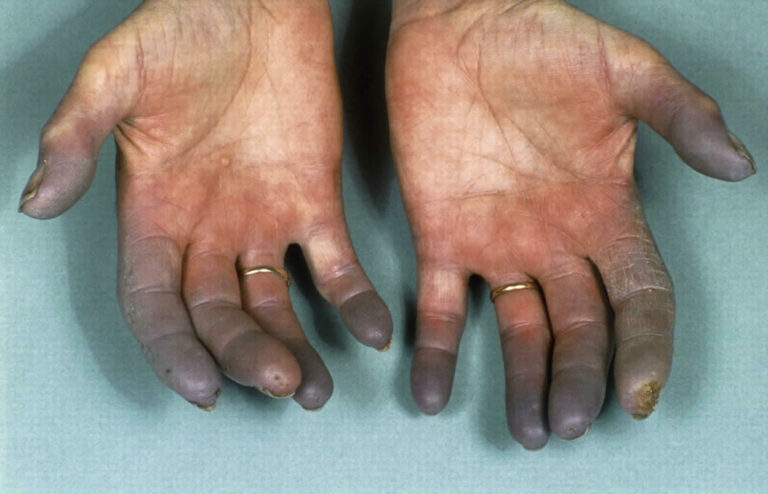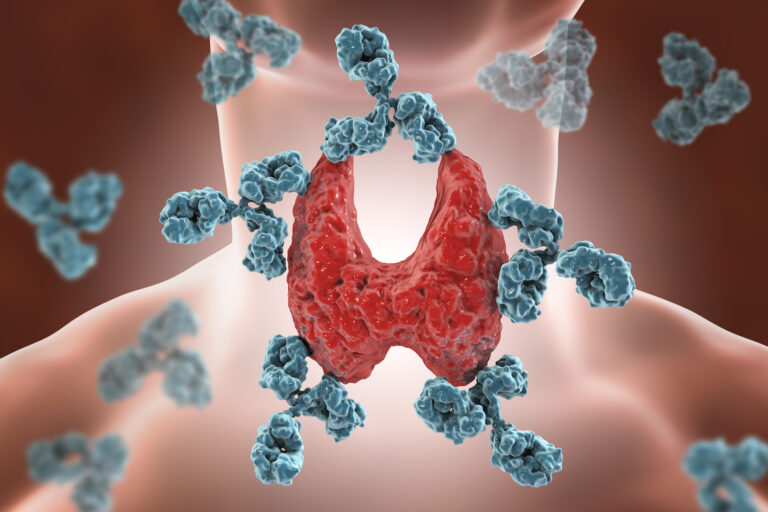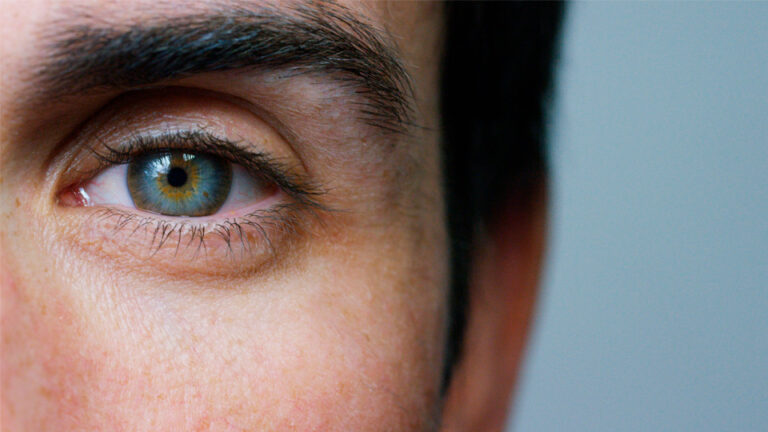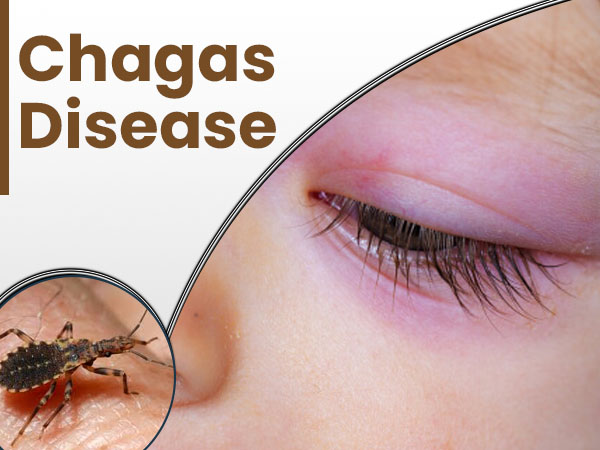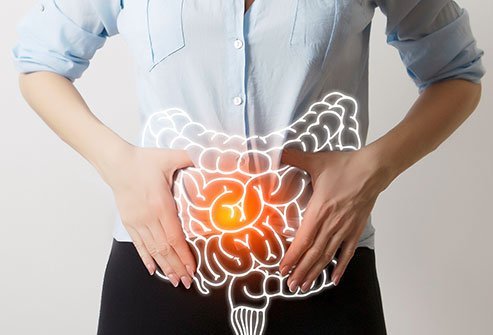Behcet’s Disease: Points to Know About
Author: Alvin
Alvin
Category: Health

Behcet's disease is a rare autoimmune disease. It damages blood vessels, causing mouth sores, rashes, and other symptoms. The disease’s severity varies between individuals. Behçet disease is an uncommon vasculitic illness with recurring oral aphthous ulcers, genital ulcers, and uveitis. Among vasculitides, Behçet disease can affect small, medium, and large vessels.
Hulusi Behcet, a Turkish dermatologist, was the first to define the condition. In modern times, after noticing the trio of aphthous mouth ulcers, vaginal lesions, and recurring ocular irritation in the 1930s. Behcet’s disease also known as Behcet’s syndrome.
Who gets Behcet's Disease?
Behcet’s disease is most common along the “Old Silk Route,” which connects Japan and China to the Mediterranean Sea via Turkey and Iran. Although rare in the US, isolated occurrences do occur in people who are not at risk due to their ethnicity (e.g., Caucasians or African-Americans). The disease is not uncommon along the Silk Road, although its epidemiology is unknown. Behcet’s disease causes blindness in Japan. An MRI of a Behcet’s patient shows central nervous system involvement (white matter changes in the pons).
Other studies claim Behçet’s disease is rare in Northern Europe. Typically, Arab, Mediterranean, and Asian populations affected. It mainly affects adults aged 20-30, both men and women. Although not genetic, it can run in families.
What are the symptoms of Behçet’s disease?
Mouth sores and/or recurrent genital sores are two of the most common symptoms. Other signs and symptoms include skin and joint pain, as well as eye inflammation. The brain, nerves, lungs (in rare cases), intestines, and kidneys can all be damaged. Everyone is affected differently by this condition. The following are some of the most typically affected locations and important features:
¢ Mouth sores which occurs in all patients. They are painful and recurrent in practically all patients with Behçet’s illness. Common canker sores appear like this, but are more frequent and unpleasant. They frequently the first symptoms seen and may develop long before other symptoms. Lips, tongue, and cheek ulcers are common.
¢ Eye inflammation can produce pain, blurred vision, sensitivity to light, tears, or red Behçet’s illness may cause blindness. Compared to the US, the Middle East and Japan have the most severe eye diseases that can blind people.
¢ Genital sores , like mouth sores, can be painful. Rarer than mouth sores. On the scrotum (the sack that contains the testes) in men and the vulva in women.
¢ Skin problems are a prevalent sign. They may resemble acne, tender coin-shaped nodules (erythema nodosum), or painful superficial or deep ulcers. Scratched or pricked skin may develop a red lump or sore. This called a pathergy test.
¢ The meninges (brain’s covering) may also be affected. Fever, headache, stiff neck, and difficulty moving are all signs of brain inflammation. A stroke happens when brain blood arteries clogged or ruptured.
¢ Lesions similar to those seen in the mouth and genital area might produce abdominal pain or blood in the stool. GI tract lesions are more hazardous because they can hemorrhage or burst the gut.
What causes Behçet’s disease?
No one knows what causes Behçet’s syndrome. Some people may be genetically predisposed to the illness. A person may have a gene for a disease, but it may not be expressed unless something in the environment triggers it. Researchers discovered that people with Behçet’s illness, notably those from the Middle East and Asia, have higher levels of specific “human leukocyte antigens” (HLAs) in their blood.
Infections (viral or bacterial) have also been identified as causes. The condition could also be an auto-inflammatory disorder when the body loses its ability to control inflammation. Toxin-neutralizing antibodies (e.g., IL-10) attack healthy tissue, causing autoimmune diseases. While research continues, no autoantibodies have been found so far to imply that Behçet’s syndrome is autoimmune.

What are the other related disorders?
The following conditions share symptoms with Behçet’s syndrome. Comparisons can help with a differential diagnosis. Reactive arthritis, often known as Reiter’s syndrome, is an uncommon infectious condition characterized by arthritis. Urinary tract inflammation (non-gonococcal urethritis) and ocular membrane inflammation (conjunctivitis) are also linked. Skin and mucous membrane lesions are possible. There may be multiple symptoms. Spontaneous remissions and recurrences occur. Symptoms include pus in the urine, swollen joints, and mouth ulcers. The iris of the eyes might become inflamed (iritis). This condition is sexually transmissible. (Search the Rare Disease Database for “arthritis, reactive” for more information.)
Other disorders like Stevens-Johnson syndrome cause enormous bullous lesions on the skin. Mucous membranes of the mouth, throat, nose, eyes, and genitals. The lesions usually hurt. Conjunctivitis, an inflammation of the eye membranes, can cause a discharge. This can cause corneal scarring and visual loss. Fever and tiredness are common.
This unusual skin illness causes painful red breakouts on the arms, cheeks, neck, and legs. Sweet syndrome causes stinging or painful skin breakouts and general discomfort (malaise). Skin lesions commonly appear on the arms, but can also develop on the face, neck, legs, and trunk. This disorder’s specific cause is unknown.,
How Behcet's Disease Diagnosed?
There is no standard test for Behcet’s. Rather, symptoms and indicators of the disease are used to make the diagnosis. Other alternative explanations of the patient’s symptoms must be ruled out, and a biopsy of an affected organ would be required to confirm a Behcet’s diagnosis.
A positive pathergy test can help confirm a diagnosis of Behcet’s, but it is not diagnostic. A pathergy test involves pricking the forearm with a tiny, sterile needle. A tiny red lump or pustule at the needle entry site indicates a positive test. Although a positive pathergy test can assist diagnose Behcet’s, the pathergy phenomenon is only seen in a minority of Behcet’s patients (i.e., have positive tests). Pathergy is more common among Mediterranean patients. Also, other illnesses might cause pathergy tests to be positive, therefore the test is not 100% specific.
How Behçet’s disease treated?
Behcet’s disease has no cure. If you have a mild type, your doctor may prescribe pain and inflammatory drugs. Maybe you don’t need it between flares! Your doctor may give medications to control Behcet’s illness throughout your body, as well as medications for flares.








